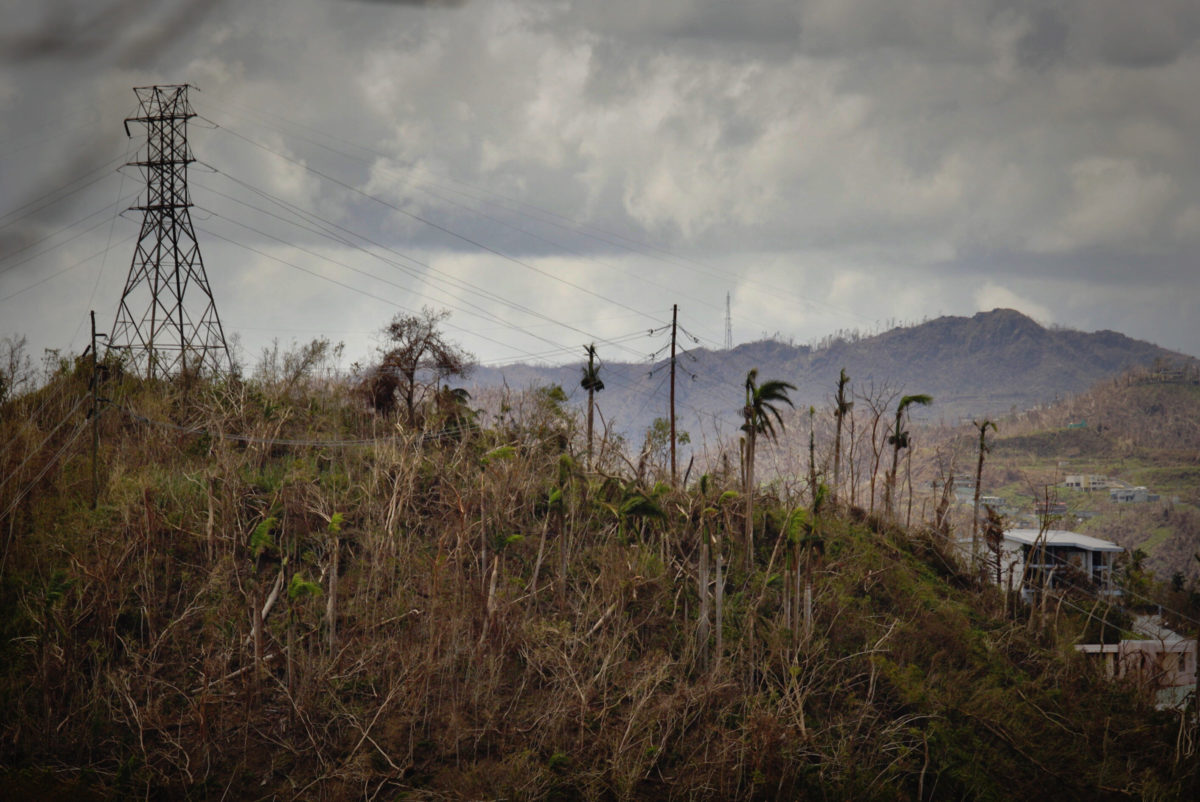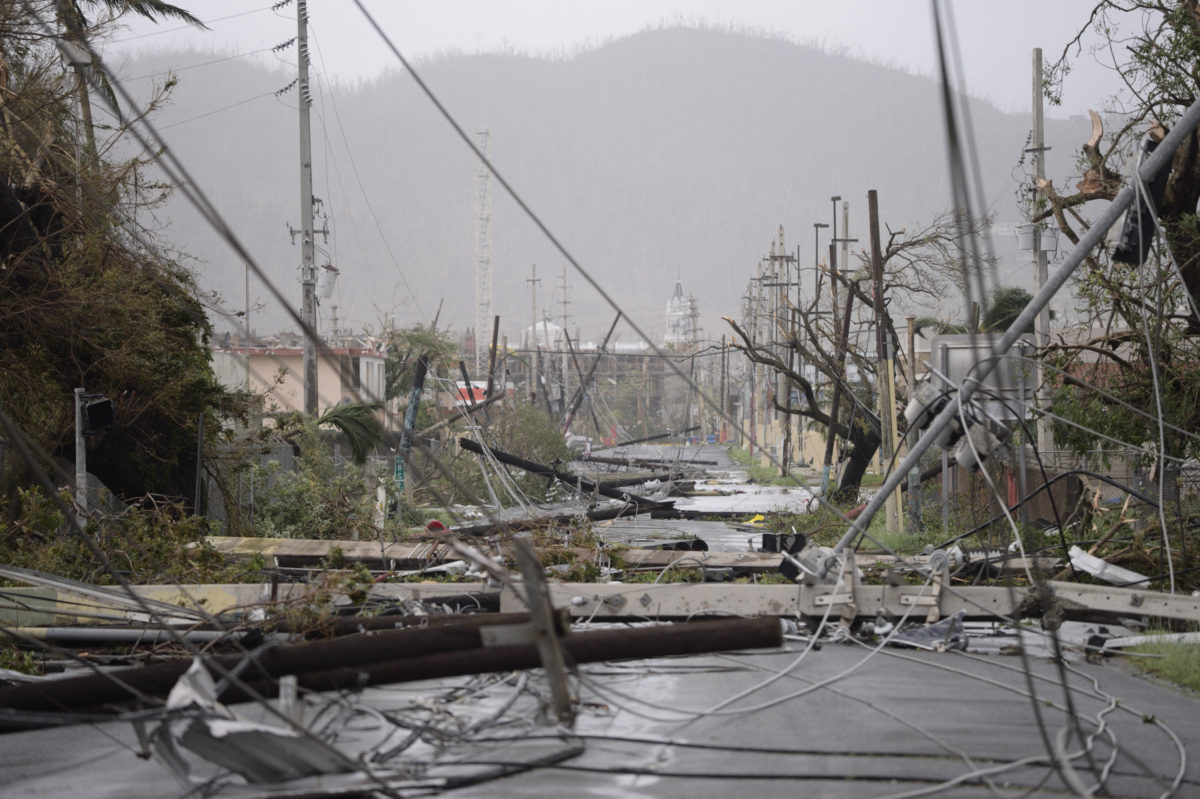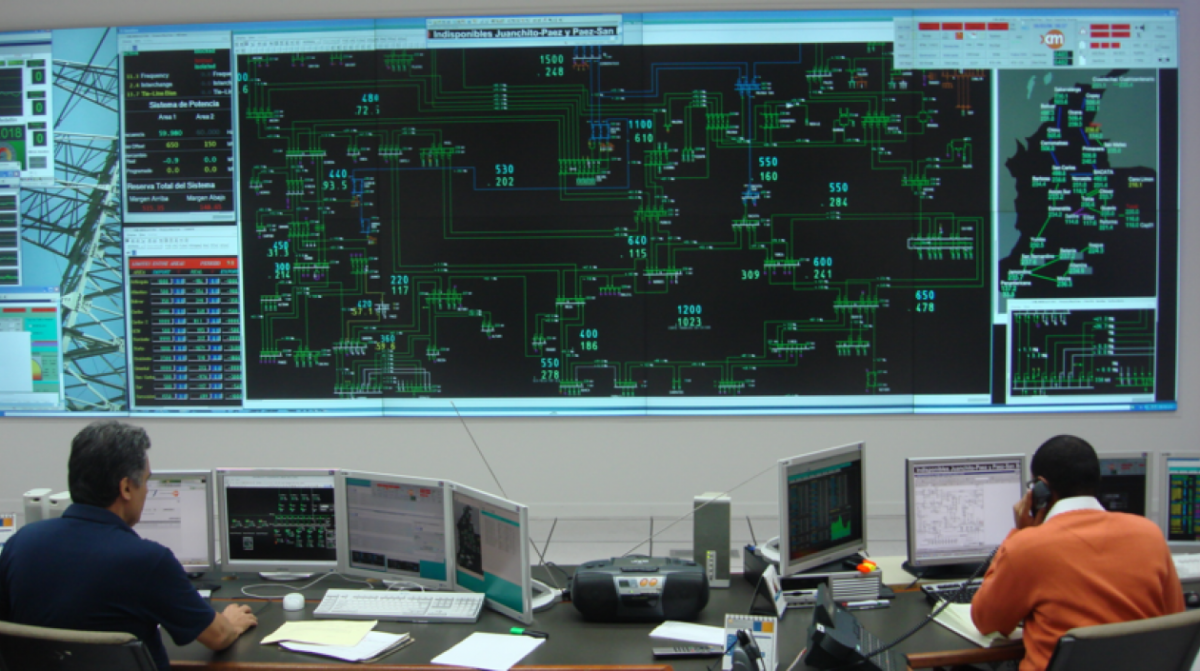Is difficult to say something like this blog’s title but evidence is just overwhelming.
During hurricane Irma our neighborhood was left in the dark for almost a week and I don’t live in a rural area, mind you. One of those days while still in the dark and out of boredom, I rode my bike along the distribution line that feeds into our subdivision. I found two places where overgrown trees were over our 13,000 Volt feeder and in one of those I decided to take a picture, the picture above.
A simple picture of trees over our feeder, then it hits me; THIS is exactly the problem!
For the 13,000 Volt conductor to the left (with the trees over it) its maintenance is not regulated by the government and for the 230,000 Volt line to the right is strictly REGULATED. There’s NO overgrowth underneath the 230,000 Volt line, notice the clear cut with nothing even close to the big line.
The North American Electric Reliability Council (NERC) has the authority to impose up to a $1,000,000 penalty if a tree comes in contact with the 230,000 Volt line. The trees coming in contact with the 13,000 Volt line have no punitive financial consequences for the utility!
Maybe a pissed-off guy starts taking pictures and posting stuff in the internet because his light are out and the loss of revenue from the customers in the dark are the worse consequences.
NERC was created to improve the reliability of the electric system to avoid the problems caused by widespread blackouts; disruptions in society cannot differentiate between outages happening by events in the bulk generation, bulk transmission or even at the distribution level.
An outage is an outage regardless what causes it, the picture above doesn’t lie.





